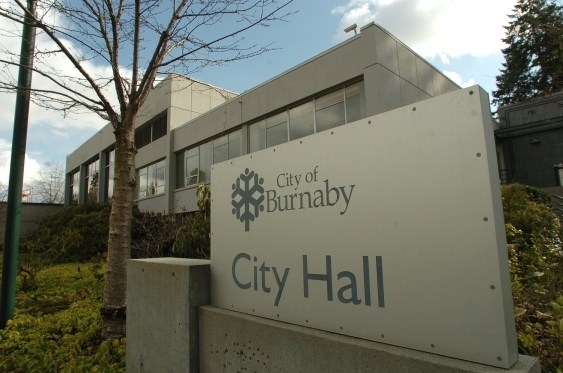It’s a financial portfolio that would even make Gordon Gekko blush at least a little.
At the end of 2015, the City of Burnaby’s investment portfolio topped the $900 million-mark and returned a healthy profit of $41.5 million, or 3.91 per cent.
In all, the city’s investments are worth $923 million.
“Compared to other cities, we’d say yes, we’re doing well,” said Doug Spindler, assistant director of treasury services with the City of Burnaby.
The numbers were recently presented at a financial management committee meeting.
Under the community charter, the city may invest or reinvest money that is not immediately required for expenditures.
The City of Burnaby Investment Fund includes restricted funds such as development cost charges and all other reserve funds.
But it’s not like the city is making money off of investing in corporations like Pepsi or Apple.
Under the charter there are also investment guidelines, and Spindler explained the city invests in federal investments like bonds and treasury bills, while credit unions, provinces and banks are all OK.
“We’re not allowed to go into corporate, the only thing we go into is bonds by the banks,” he said.
In 2015 the city invested with Vancouver City Savings Credit Union, Coast Capital Savings, Gulf & Fraser Credit Union, BlueShore Credit Union and Westminster Savings Credit Union in B.C.
In addition, the city maintained investments with Servus Credit Union and First Calgary Financial, both Alberta-based credit unions.
While it may not sound all that exciting, these investments are returning some big coin.
In 2014, the city’s investment strategy brought a return of $42.6 million or 4.49 per cent.
The city’s director of finance, Denise Jorgenson, explained why a healthy reserve is important for the taxpayer. She said the city holds reserves to maintain stable and conservative tax rates while providing funding for city capital projects without the need to incur debt charges.
“Council’s prudent financial practices have enabled the municipality to be debt-free for more than a decade,” Jorgenson said. “The level of reserves held by the city is an indicator of the city’s long-term sustainability and financial strength.”
She suggested the growth in the city’s reserves in recent years can be attributed to healthy economic and development activity within the municipality, including contributions arising from the Burnaby’s community benefit bonus (density) program, proceeds from gaming revenue grants received from the province and the sale of city lands.
As for 2016, the investment portfolio isn’t expected to do quite as well but still bring back a hefty return. According to a staff report, the city is projecting an annual yield of 3.35 per cent and $39.6 million in investment income.



